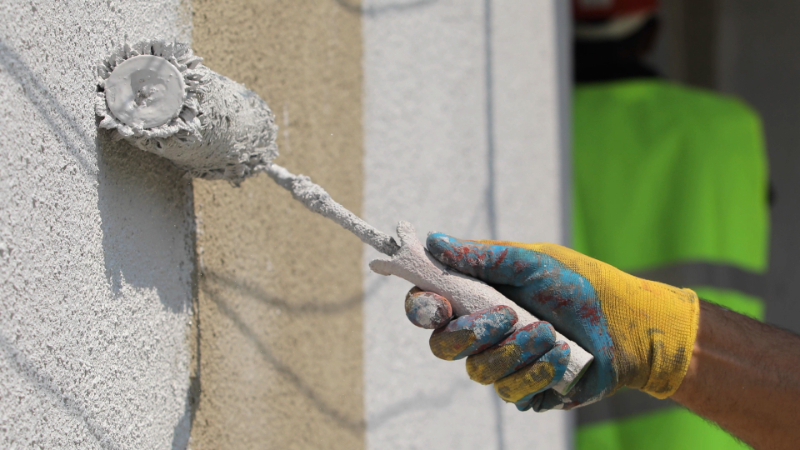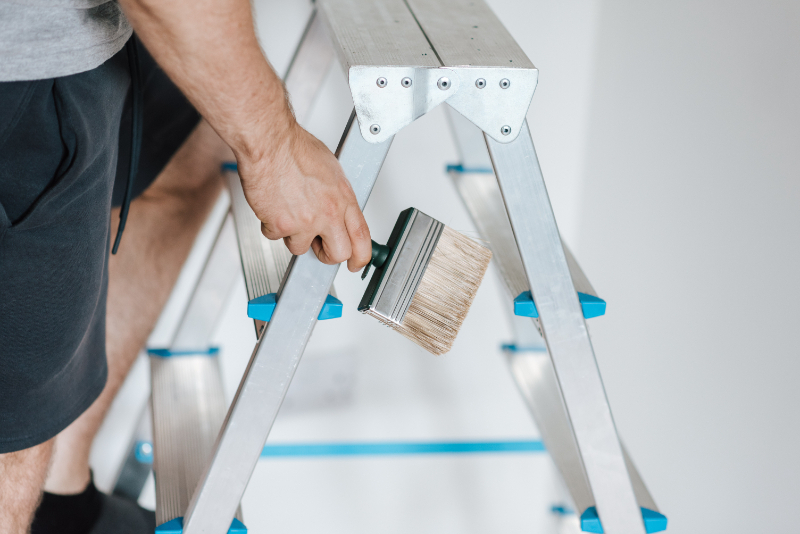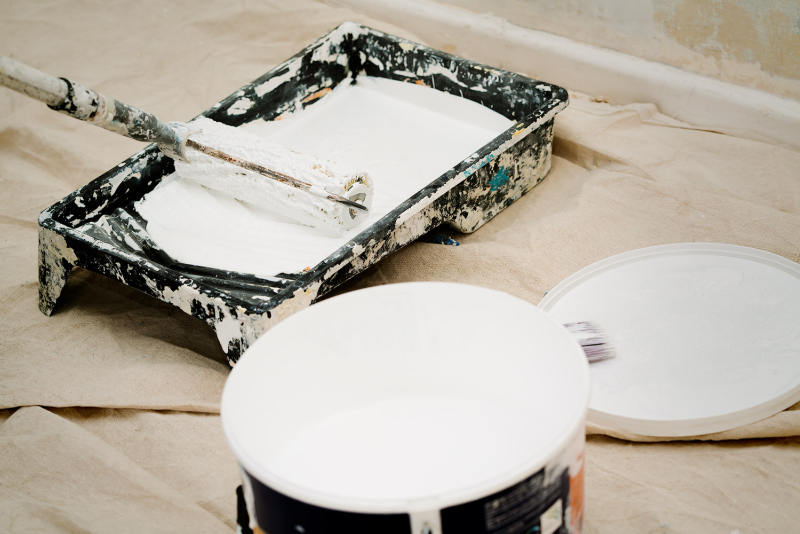Wondering how often a commercial building be repainted? Discover how repainting protects your property, boosts appeal, and prolongs the building’s lifespan. Get expert advice today!
Why Repainting Matters
Repainting a commercial building helps protect the property and creates a strong first impression. Clean, well-painted walls give off a sense of professionalism and care, which is especially important for any customer-facing business, as it helps attract and reassure potential clients.
Over time, harsh weather like wind and rain can damage a building’s exterior. Cracked or peeling paint leaves the underlying materials open to issues such as rust, rot and mould. These issues weaken the building's structure and are also expensive to fix. Repainting provides a strong, protective layer that seals the surface, prevents moisture from getting in and helps avoid more serious damage and expensive repairs.
The colour and condition of a building can also reflect a business’s brand and values. Repainting gives owners a chance to update the look of their building, stay in line with brand colours, or change the feel of the space. This can be helpful during rebranding or when trying to attract a new audience.
General Timeframes for Repainting
In the UK, the general recommendation for repainting the exterior of a commercial building is every 5 to 10 years. However, this can vary depending on the type of building, the materials used, the weather conditions, and the surrounding environment.
For most commercial buildings, repainting the exterior every 5 to 7 years is ideal. However, buildings that are exposed to harsh weather, high pollution, or are near the coast may need repainting around every 3 to 5 years.
The interior of commercial buildings generally needs repainting every 3 to 5 years. High-traffic areas such as reception rooms or shared office spaces can show signs of wear and tear sooner and can benefit from more frequent touch-ups. Sticking to a set timeframe for repainting helps protect the building’s surfaces from damp, mould or general wear and tear.

A fresh coat of paint also keeps the building looking clean, professional and welcoming. It shows that the business cares about its space, which can build trust with clients, staff and visitors.
Keeping up with repainting also helps the building retain its value. Regular maintenance prevents long-term damage and reduces the need for major repairs. This is especially important for businesses that lease or plan to sell the property in the future.
Repainting commercial buildings every few years is essential for protecting the property, maintaining a good appearance and reducing future repair costs. Regular maintenance helps keep the building safe, strong and visually appealing.
Factors That Affect Repainting Frequency
Buildings that face regular rain, wind or strong sunlight often experience more wear and tear over time. In coastal areas, the salty air can cause the paint to break down quickly, while in busy cities, pollution can cause the paint to stain or become grimy.
These harsher conditions can shorten the timeframe between repaints, making it necessary to repaint every 3 to 5 years to maintain the building’s appearance.
The building materials also play a role in how often a building needs to be repainted. Timber often needs repainting more frequently since it absorbs moisture and can expand or crack over time.
On the other hand, brick or render tends to last longer, particularly when it's properly sealed. However, even these materials may need repainting every few years to keep the building looking clean and well-maintained.
The quality of the last paint job also has a strong impact on the building. If low-grade paint or poor application methods were used, the surface may begin to peel or crack sooner. In contrast, high-quality paint and professional work can help the finish last longer.
High-traffic buildings, such as shops, offices, schools or public buildings, can start to show signs of wear and tear faster. Marks, scuffs and general damage from regular use can mean the building needs to be repainted more often, typically every 2 to 3 years.
Signs Your Commercial Property Needs Repainting
Knowing when your commercial building needs repainting is important for keeping it in good condition and presenting a professional image. One of the most obvious signs that a building needs repainting is peeling, flaking or cracking paint.
This often happens due to age, poor surface preparation, or exposure to harsh weather. Once the paint begins to break away, the surface underneath becomes exposed, which can lead to rust, rot or damp.
Stains caused by water leaks, mould or pollution can appear on both the inside and outside walls of a commercial building. These marks not only look untidy but they can also point to deeper problems such as damp or poor airflow.
Repainting helps to cover these stains and gives professionals a chance to spot and fix any issues early on. Small cracks in the paint can also be a sign of weather damage or movement in the structure, which can let in moisture and cause more damage if it's left untreated.

If the paint feels rough or starts to blister, it's a sign that the surface has been damaged, often by moisture or extreme temperatures. Having a smooth, even finish is important to keep the building protected and appealing.
Sometimes, repainting is needed simply because the colour scheme no longer matches the company’s brand or it looks dated. Updating the look of your building can help create a fresh, modern image.
Peeling paint, fading, stains, cracks and an outdated appearance are all signs that a commercial building in the UK needs repainting.
We provide professional commercial painting services across Edinburgh to help businesses maintain a clean and professional appearance. Our expert team uses high-quality materials to protect your property, improve its image, and extend its lifespan.

